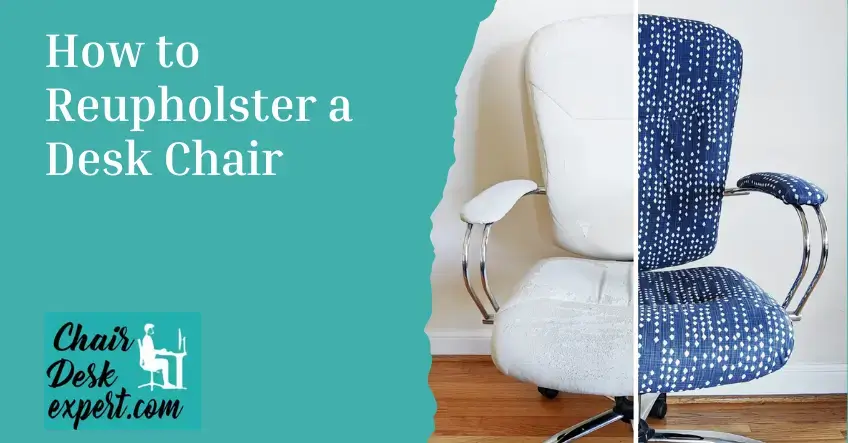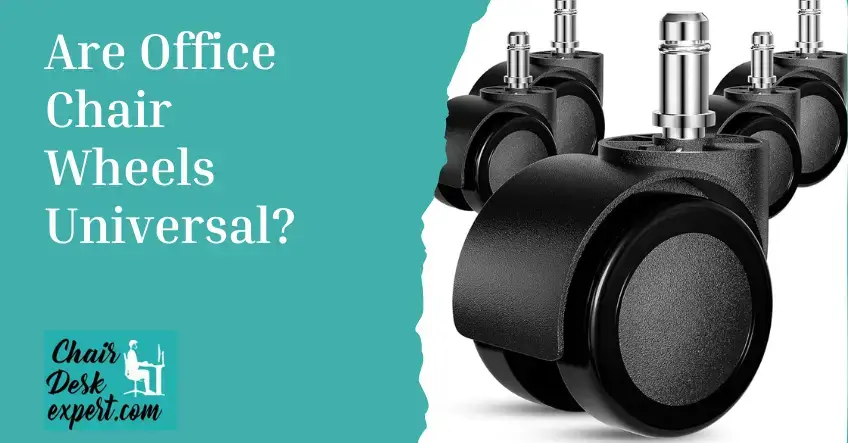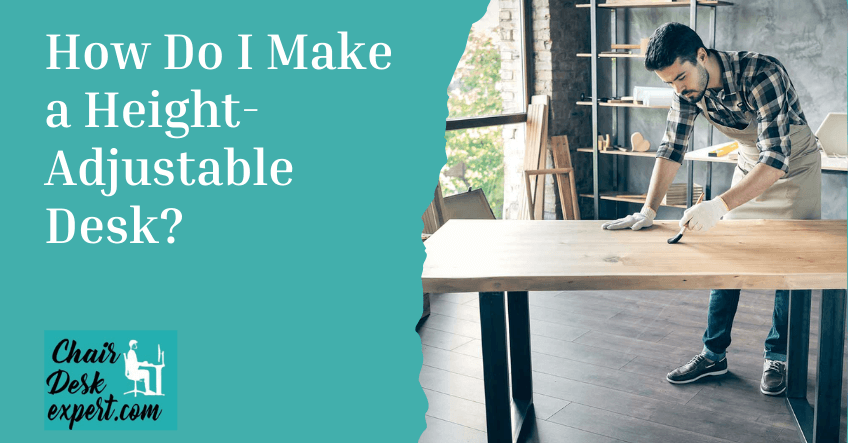It is true that the average office worker spends more time seated in their work chair than they do sleeping in bed. Given that we spend about one-third of our lives sleeping, this shows how vital a task chair is to us daily.
Having the right chair at work can significantly affect productivity and physical well-being. Therefore, it is an essential part of workplace ergonomics, which often remains overlooked. Task chairs were explicitly made to address this situation.
But what is a task chair? and why are they famous? Continue reading to discover the explanations for these queries.
Understanding what is a task chairs | Features and Benefits
Below we will discuss in detail what is a Task chair ? – They are also known as desk chairs or office chairs . They are specialized seating designed for maximum comfort and efficiency during office hours.
Though informally interchangeable, real task chairs have unique characteristics that differentiate them from other types of furniture:
Encouragement of Good Body Posture:
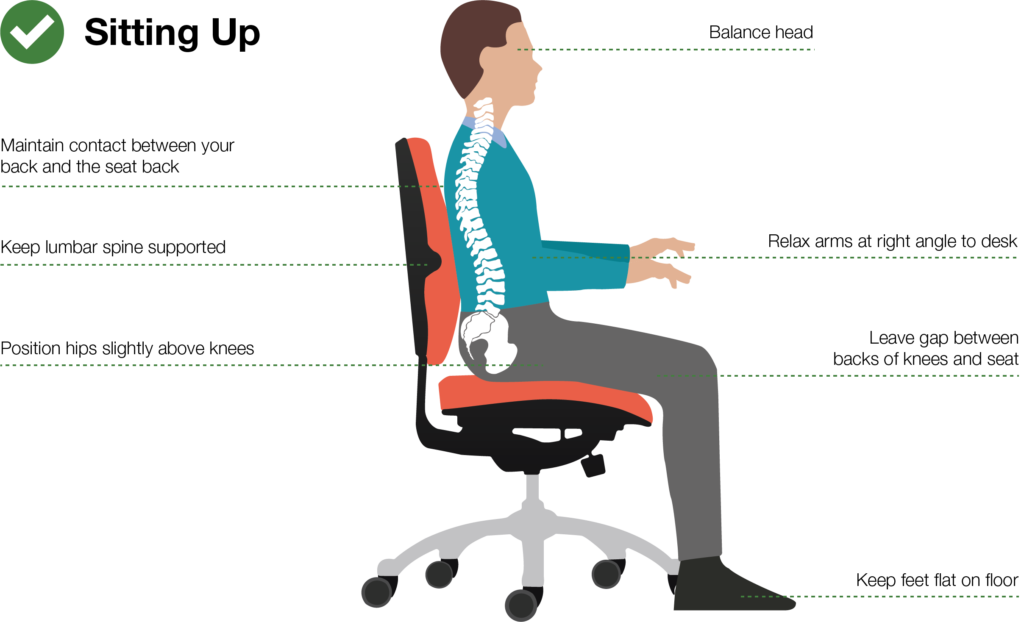
Task chairs have their roots in the operator-style chairs used by secretaries and typists, meant to maintain a straight back and relieve shoulder pain. Modern-day task chairs carry this tradition by promoting an upright stance that reduces pressure on joints and muscles.
Functional Design Towards Work Efficiency:
Functionality takes precedence with these simple yet efficient designs of task chairs that boost office productivity. They don’t include extra features like swivel or height adjustments, but they do have the necessary ones. This allows users to focus on their tasks without any distractions.
Adaptability for Different Types of Places of Work and Physiques:
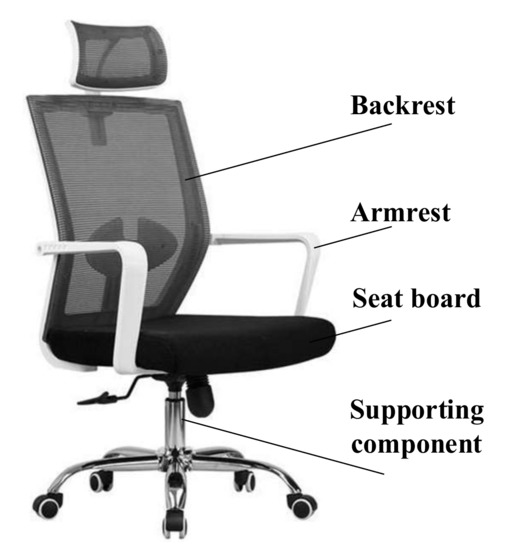
Unlike some other seats, which meet specific needs for body parts, task chairs exhibit flexibility toward varied corporal structures and several job environments.
These particular types are commonly found in shared workplaces mainly because little modification is required so that individual occupants can be comfortable positioning themselves well, thus fostering collaboration without any stoppage at all.
Task chairs, like ergonomic ones, offer alternatives to conventional office seats through their adaptability to particular tasks.
Focus on Specific Tasks:
Task chairs provide comfortable seating for short, focused activities such as browsing, composing emails or attending brief meetings. They offer backrest support and flexibility when switching from one activity to another.
Simplicity of Design:
Task chairs embrace simplicity in design, emphasizing functionality over unnecessary features. The light look enables easy movements and adjustments if needed.
Basic Adjustability:
Although task chairs do not offer extensive customization options, they do include most essential adjust abilities, such as seat height adjustment or armrests. This makes it effortless for users to get into a relaxed working position.
Size that Fits Anywhere:
Tasks seats are known for their efficient use of space; hence, they occupy less space, which makes them suitable for limited spaces like home offices or collaborative workplaces.
Movement and Adaptability:
Most task chairs have been enhanced in mobility because of the 360-degree swivel base and the presence of castors with rolling movement. This makes them suitable whenever there is a need to move between tasks quickly.
Affordability:
As far as cost is concerned, relatively cheap task chairs outweigh ergonomic ones, allowing diverse classes of individuals to use them, including undergraduates, independent professionals, and other low-wage entrepreneurs.
Short-Term Comfort:
Task chairs are made for short periods of sitting and provide support for focused work. They work well alongside other office chairs but are not ideal for long periods of sitting.
Understanding the unique role of task chairs is important for people looking for ergonomic solutions tailored to their specific tasks. These chairs are designed to offer comfort and support for shorter work sessions and are a practical seating option in various workplace settings.
Task chairs make offices efficient and professional, making them beneficial additions to any workplace.
Essential Features to Consider in an Ergonomic Office Chair
Selecting an ergonomic task chair means paying attention to the features that enhance comfort and support, as this will allow you to sit with good posture and reduce strain on your body. The following are the main ones:
Adjustability:
Choose a highly adjustable chair, including height, armrests, and reclining angle. These options enable users to customize their seats according to their specific needs or desk arrangements, enhancing their comfort and ergonomics.
Armrests:
Make sure the armrests are supportive enough for a typing or writing surface and can be adjusted up or down to match your desk height. This way, misaligned hand supports will not result in shoulder hunching.
Seat Depth:
Ensure the chair has proper seat depth, avoiding any need to learn to lean forward. A distance between three fingers and four fingers from your knees’ furthest point towards the edge of a seat back allows for adequate support through its backrest, minimizing strain on your legs and back.
Comfort:
Take into account how comfy it feels; other things should come later. It should feel comfortable despite other factors while providing sufficient support, making sitting throughout the day delightful.
Usage Consideration:
How do you plan on using this chair? Do you intend to use it for mobility (rolling, leaning, or stretching towards files) ? Choose a chair based on your work style that stresses flexibility and movement as much as possible.
Cost Consideration:
For a good ergonomic chair, expect to pay between $350 and $800, although the budget is a personal consideration. Look for models with a mix of features and aesthetics in this price range. Remember that your health and comfort are paramount; the investment will be worth it in the long run.
Final Thoughts
Now you know all the information on : what is a task chair? .Shortly emphasis should be placed on choosing an appropriate ergonomic chair that matches your body dimensions, encourages the right postures, and aligns the spine with the neck.
Investing in an appropriate chair can significantly reduce discomfort while improving general well-being at an office or remotely. To guarantee a favorable sitting position for better work results, choose wisely, considering how you feel about yourself.
FAQs:
1: What is the task chair used for?
2: What is the Difference between a task chair and a manager’s chair?
3: Are task chairs comfortable?
4: How long do task chairs last?
Therefore, you must replace them when signs of wearing become apparent to keep them functioning and at ease for the users.






